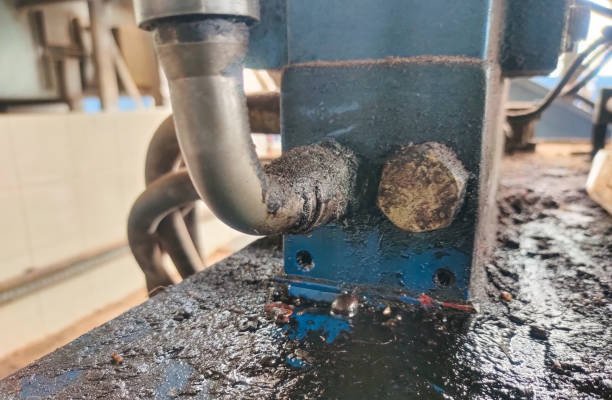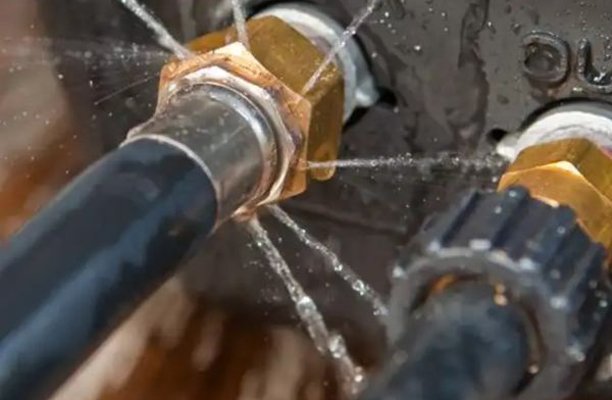Introduction
In the world of industrial machinery, hydraulic systems are essential for power transmission. At the core of these systems lie hydraulic fittings — critical components that ensure seamless connectivity and fluid flow. As businesses seek cost-effective and high-quality options, sourcing hydraulic fittings from China has emerged as a preferred strategy for global buyers.
China’s expansive manufacturing ecosystem offers competitive pricing, vast product varieties, and cutting-edge production capabilities. This guide walks you through every step of the importing process — from identifying the right supplier to ensuring smooth delivery and quality assurance — empowering you to make informed purchasing decisions with confidence.
Understanding Hydraulic Fittings
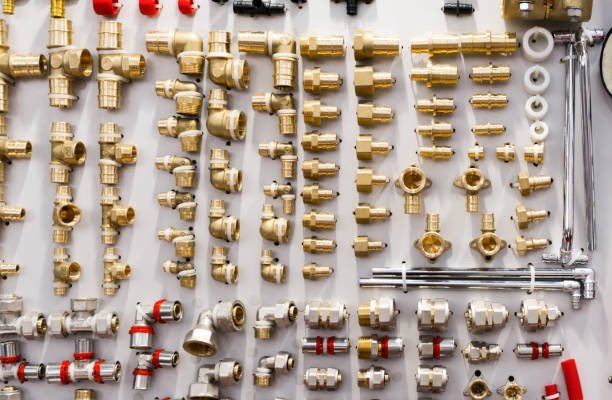
Hydraulic fittings are components used to connect hoses, pipes, and tubes in a hydraulic system. They help in maintaining pressure and directing fluid flow while preventing leaks or failures. These fittings come in different sizes, shapes, and materials depending on the system’s requirements.
Types of Hydraulic Fittings
- Adapters: Connect different thread types or sizes.
- Compression fittings: Used with metal tubing and require no soldering.
- Flange fittings: Suitable for high-pressure applications.
- Quick disconnects: Enable rapid connection/disconnection without tools.
Materials Commonly Used
- Stainless Steel: Excellent corrosion resistance and durability.
- Brass: Common in medium-pressure systems due to ease of use and cost-efficiency.
- Carbon Steel: Ideal for high-pressure systems but may require coating for corrosion protection.
Why Choose China for Hydraulic Fittings?
China has become a global manufacturing hub for hydraulic components due to its mature supply chain, technical expertise, and scale of production. Here’s why it’s a smart move to source from Chinese manufacturers:
1. Competitive Pricing
Chinese suppliers benefit from economies of scale and lower labor costs, enabling them to offer products at significantly lower prices than counterparts in North America or Europe — without compromising quality.
2. Manufacturing Expertise
Many Chinese factories have decades of experience in producing hydraulic fittings and often invest in automation and CNC machinery to ensure high precision and efficiency.
3. Global Standards Compliance
Reputable Chinese manufacturers comply with international certifications like ISO 9001, SAE, and CE. This ensures that the products meet or exceed global safety and performance standards, making them suitable for international markets.
Researching the Right Suppliers
Finding a trustworthy supplier is the cornerstone of a successful import. With thousands of hydraulic fitting manufacturers in China, knowing where and how to look is crucial to avoid costly mistakes.
Best Platforms to Find Suppliers
- Alibaba: The largest B2B marketplace with filters for verified suppliers, trade assurance, and reviews.
- Made-in-China: Focused on industrial products and known for stringent supplier verification.
- Global Sources: Offers a curated selection of quality manufacturers and supports sourcing events and exhibitions.
Verification Tips
- Check years of operation and export history.
- Look for certifications and factory audit reports.
- Request customer references or case studies.
- Use video calls or third-party audit services to verify facilities.
Types of Chinese Suppliers and How to Work With Them
In China, you’ll primarily deal with either manufacturers or trading companies. Understanding their roles helps you make better business decisions.
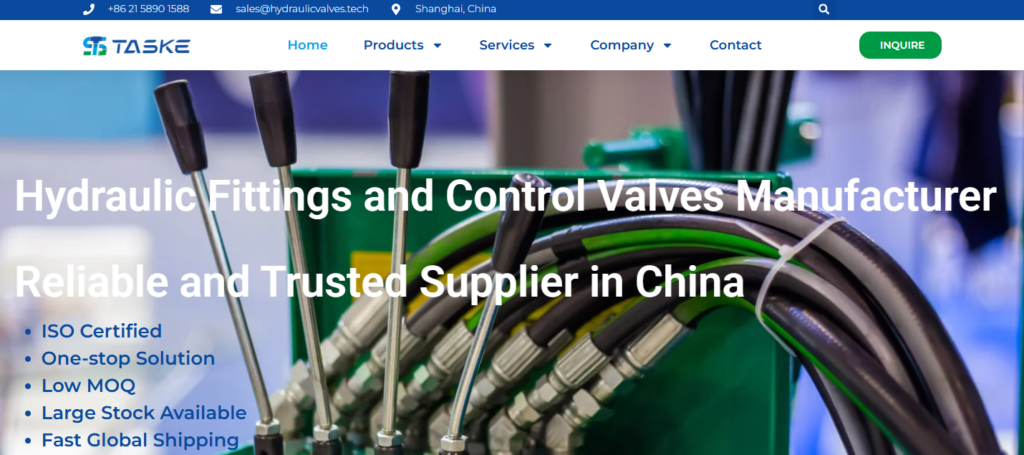
Manufacturers
These are the actual producers of hydraulic fittings. Working directly with manufacturers often means lower prices and more control over quality and customization.
- Pros: Direct access to production, better pricing, technical support.
- Cons: Higher MOQs, communication may be slower due to language or lack of sales staff.
Trading Companies
These act as intermediaries between you and the factory. While they may charge a markup, they provide convenience and better communication.
- Pros: Lower MOQs, multi-product sourcing, better English support.
- Cons: Higher costs, less transparency in quality control.
Questions to Ask Before Choosing
- Are you a factory or a trading company?
- Can you share certifications and recent client references?
- What are your quality control procedures?
- Do you offer customization or private labeling?
Product Specifications and Customization Options
Clear communication about your product requirements is vital to avoid costly misinterpretations. Many suppliers in China are open to customization — but only when the expectations are well-defined.
How to Communicate Specifications
- Provide technical drawings or CAD files when possible.
- List material requirements, dimensions, thread types, pressure ratings.
- Use universal measurement standards (e.g., mm, psi) to prevent confusion.
Requesting Samples
Always request pre-production samples before placing large orders. Samples help verify whether the manufacturer can meet your expectations for material, size, and finish.
Importance of Technical Documentation
Request technical data sheets (TDS), material certifications, and tolerance standards to ensure you’re getting exactly what you specified.
Evaluating Quality Standards and Certifications
Ensuring the quality of your hydraulic fittings is non-negotiable, especially when these components play a critical role in system safety and performance. One of the most effective ways to guarantee quality is by working with suppliers who follow recognized industry standards and certifications.
Common Certifications to Look For
- ISO 9001: Indicates a standardized quality management system.
- CE Marking: Confirms compliance with European health, safety, and environmental protection standards.
- RoHS: Ensures products are free from hazardous substances.
- SAE Standards: Often used in North America for hydraulic fittings.
Assessing Quality Control Processes
Ask suppliers to share their internal quality control procedures. This may include:
- Incoming material inspection
- In-process quality checks
- Final inspection with performance testing
Third-Party Inspections
For high-volume or custom orders, hiring an independent quality inspection agency like SGS, TÜV, or Bureau Veritas is highly recommended. These services can conduct pre-shipment inspections, factory audits, and even production monitoring.
Requesting and Reviewing Quotes
Obtaining and comparing quotes is more than just looking at price — it’s about understanding what’s included and how it aligns with your sourcing goals. A well-structured quote helps avoid hidden costs and future misunderstandings.
What a Complete Quote Should Include
- Itemized product details (type, material, quantity)
- Unit price and total price
- Packaging method and cost
- Lead time and production schedule
- Shipping terms and delivery timeline
Understanding Incoterms
- FOB (Free On Board): Supplier delivers goods to the port; buyer handles freight and insurance.
- CIF (Cost, Insurance & Freight): Supplier covers shipping and insurance up to the destination port.
- EXW (Ex Works): Buyer handles all logistics from the supplier’s warehouse onward.
Minimum Order Quantity (MOQ)
MOQ varies depending on the product complexity and supplier. Always clarify the MOQ for both production and customization, and negotiate based on your capacity.
Negotiating with Chinese Suppliers
Negotiation is expected in Chinese business culture and can result in better pricing, improved terms, and stronger partnerships when approached respectfully.
Effective Negotiation Tactics
- Start with a realistic price target based on your market research.
- Show commitment to long-term cooperation to gain trust and concessions.
- Bundle orders or agree to annual purchase volumes for discounts.
Building Long-Term Relationships
Suppliers are more willing to prioritize loyal customers. Show professionalism, provide feedback, and respect payment terms to foster a long-term business relationship that benefits both sides.
Language and Cultural Tips
- Use clear, simple English — avoid slang or idioms.
- Respect holidays like Chinese New Year when planning production.
- Express appreciation for good service — relationships matter in Chinese business culture.
Payment Methods and Risk Management
Paying international suppliers requires careful planning to ensure secure and timely transactions. Choosing the right payment method balances trust, cost, and protection for both parties.
Popular Payment Methods
- Telegraphic Transfer (T/T): Most commonly used; typically 30% deposit upfront and 70% before shipment.
- Letter of Credit (L/C): Safer for large orders; funds are released only upon delivery confirmation.
- PayPal: Convenient for small orders or sample payments; higher transaction fees apply.
- Escrow Services: Platforms like Alibaba offer escrow to hold payment until delivery is confirmed.
Best Practices for Secure Transactions
- Never wire funds to personal bank accounts — always to verified business accounts.
- Use signed contracts and invoices that specify all order details.
- Avoid full payment before production unless a strong, trusted relationship exists.
How to Avoid Scams and Fraud
- Use platforms with buyer protection (e.g., Alibaba Trade Assurance).
- Verify the company’s background and online presence.
- Be cautious with overly low prices — they may indicate poor quality or scams.
Logistics and Shipping Process
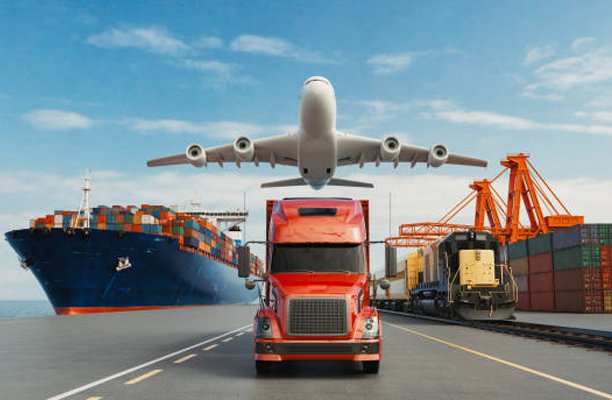
Shipping is a key part of the import process. Whether by air, sea, or courier, understanding logistics helps you reduce costs, avoid delays, and ensure compliance.
Freight Options Explained
- Sea Freight: Best for large, heavy shipments; lower cost but longer transit (15–45 days).
- Air Freight: Fast delivery for urgent orders; higher cost (3–7 days).
- Courier (DHL, FedEx, UPS): Ideal for samples and small batches; fastest and most expensive.
Customs Documentation
Proper paperwork is crucial for smooth customs clearance. Common documents include:
- Commercial Invoice
- Packing List
- Bill of Lading or Air Waybill
- Certificate of Origin (if applicable)
Import Duties and Taxes
Be aware of your country’s import regulations. Hydraulic fittings may be subject to tariffs, VAT, or customs clearance fees. Consult with a licensed customs broker for accurate estimations.
Receiving and Inspecting Goods
Once your shipment arrives, it’s essential to inspect the goods before acceptance. This ensures that quality standards are met and provides a basis for resolving issues, if any.
Initial Receiving Checklist
- Check that the packaging is intact and matches the order.
- Verify quantities against the packing list.
- Confirm product labels, specifications, and item codes.
Inspection Best Practices
Use your team or hire a third-party inspector to perform:
- Visual checks for damage or finish flaws
- Dimensional checks using calipers or gauges
- Pressure testing if applicable for high-pressure fittings
What to Do if There Are Issues
If the products don’t meet your standards, document the problem with photos and written details. Communicate with your supplier immediately and negotiate solutions — such as replacement, refund, or credit on the next order.
After-Sales Support and Spare Parts
A reliable after-sales service is a hallmark of a professional supplier. It ensures that your business can maintain long-term operations without disruption and fosters trust for future orders.
What After-Sales Services to Expect
- Technical assistance: Help with installation, usage, and troubleshooting.
- Documentation support: Updated manuals, compliance certificates, or re-issued documents.
- Warranty coverage: Most hydraulic fitting suppliers offer 6–12 month warranties on defects.
Managing Spare Parts
For larger systems or recurring orders, request spare parts along with your initial shipment. Maintaining an inventory of common parts reduces downtime in case of failures.
Long-Term Supply Agreements
Consider negotiating contracts that secure pricing and supply over 6–12 months. This ensures you’re not affected by material price fluctuations or production lead times during peak seasons.
Common Pitfalls and How to Avoid Them
Even experienced importers can fall into traps when dealing with overseas suppliers. Awareness of common mistakes helps you avoid them proactively.
1. Rushing Without Samples
Always test samples before bulk ordering. Rushing leads to quality mismatches, wrong specifications, or underperformance in critical applications.
2. Ignoring Compliance Requirements
Failure to check if products meet local or international standards can result in fines, product recalls, or legal issues. Always verify certifications and test reports.
3. Skipping Supplier Verification
Too many buyers rely only on online appearances. Request factory audit reports or conduct your own due diligence to avoid fake suppliers or middlemen posing as manufacturers.
4. Misunderstanding Incoterms
Incorrect interpretation of shipping terms often leads to unexpected costs. Know the full implications of FOB, CIF, EXW, and others before confirming your order.
Conclusion
Importing hydraulic fittings from China can be a strategic advantage — offering affordability, customization, and access to experienced manufacturers. However, success lies in a structured approach: thorough supplier research, clear communication of product requirements, due diligence in quality assurance, and careful handling of logistics and payment terms.
By following this step-by-step guide, you’ll minimize risks and build long-term supplier relationships that support your business growth. With the right preparation and mindset, sourcing hydraulic fittings from China becomes not just feasible — but a highly profitable endeavor.
FAQs
1. What’s the best way to find reliable hydraulic fitting suppliers in China?
Platforms like Alibaba, Made-in-China, and Global Sources are great starting points. Look for Gold Suppliers, verified factories, trade history, and customer reviews. You can also attend trade fairs like the Canton Fair for in-person vetting.
2. How do I ensure the quality of hydraulic fittings from Chinese suppliers?
Request technical drawings, certifications (like ISO 9001, CE), and production samples. You can also hire third-party inspectors such as SGS or TÜV for pre-shipment quality checks.
3. What are the risks of importing from China and how can I avoid them?
Common risks include scams, miscommunication, low-quality goods, and delayed shipments. Mitigate these by verifying suppliers, using secure payment terms, ordering samples, and documenting everything in writing.
4. Can I customize hydraulic fittings when sourcing from China?
Yes, many Chinese manufacturers offer OEM and ODM services. You’ll need to provide detailed specifications, CAD drawings, or physical samples. Be sure to confirm feasibility and costs before production.
5. What shipping method is best for importing hydraulic fittings?
For bulk orders, sea freight is the most cost-effective. For urgent or smaller shipments, use air freight or express couriers like DHL or FedEx. Always factor in customs duties and taxes based on your country’s regulations.


